A Blast From The Past: Meet The ASUS Extreme N6800GT-DUAL/2DT/512M
I can't even remember why I was digging around in these boxes but it sure was worth it. Like finding an old box buried in the back of the garage, discovering an old card gets my geek organ wagging in nostalgia. Normally, as a responsible company, ASUS vacuums up all the old kit for recycling to make space for the next generation, so the sad truth is that items like this rarely survive. After recently chatting to a 10 year veteran of ASUS, he claims the Extreme N6800GT-DUAL/2DT/512M (to give it its official name) never made it into real production, but evidently its seeds laid root to products like the MARS and ARES we know today, which is why we're doing this little retrospective.
Unboxing
As no official production was made, the box is not retail. For reference the box is larger than those used by the GENE microATX series! The instructions were also.. brief.
[gallery include="" size="medium" link="file" template="file-gallery" columns="2"]
Anyone remember these?
Before the advent of digital switches that automated the process of PCI-Express lane switching (16x/1x or 8x/8x), you needed to manually flip a piece of PCB before you dropped in the second graphics card. This one above was for the P5ND2 SLI, which used the nForce 4 Intel chipset - the first with SLI (with the A8N SLI Deluxe as the AMD equivalent).
The ASUS Extreme N6800GT-DUAL/2DT/512M
[gallery include="" size="medium" link="file" template="file-gallery" columns="2"]
The two heatsinks are all aluminum and they predate the use of copper heatpipes - so no DirectCU technology here. That fan uses just a 2-pin connector rather than the modern-day 4-pin with PWM control, which means it's 100% fan speed, 100% of the time! This is because the 6800 core had no idle frequency/voltage reduction, so it ran at the full 400MHz all day long.
Wow, the things we take for granted now!
This curly support bracket certainly looks funky, but it has an important role in strengthening the PCB and preventing it from bending under its own weight, which is of particular concern to one this size. The design here maybe crude yet effective, and it's these early efforts that have seeded the bracket on all ASUS DirectCU cards like this one.
[gallery include="" size="medium" link="file" template="file-gallery" columns="2"]
The power hardware consisted of two 6-pin connectors - one for each GPU/memory - and 5+2 phase VRMs. As you can see we've also improved the cable ergonomics to no longer put one connector half way down the PCB! Cable management has come a long way since then (provided you had a case wide enough to put the side panel back on)!
Anyone else remember S-Video out in the years before HDTV or even Blu-ray (and HD DVD)? Still, we had dual display and proper, dual-link DVI ports back then!
[gallery include="" size="medium" link="file" template="file-gallery" columns="2"]
Compared to our most recent GTX 580 MATRIX, it dwarfs it! However, consider the density of technologies: ROG TweakIt buttons, ProbeIt, Mod Zone, DirectCU II cooler, 19 phase VRM and an immense increased in performance per square centimeter, then you'll be amazed about how far we've come in just 7 years!
Fired Up!
Blue PCBs and LEDs were undoubtedly cool at the time, but thankfully we've moved onto more desirable (and less blinding) red and black now.
Getting It Naked
This took 20 screws to get all this off!
Cleaned up for the close up. The NV40 core didn't have PCI-Express natively so it needed an additional rectangle of silicon (called the HSI) you can see underneath it = 'NV45'.
2005 NV40 core (222M 130nm transistors - 288mm², 16 pixel/16 vertex shaders at 400MHz) meets 2011 GF110 (3 billion 40nm transistors - 520mm², 512 unified shaders at 750MHz/1.5GHz)
Author
Popular Posts

How to adjust your laptop's P-Cores and E-Cores for better performance and battery life

How to Cleanly Uninstall and Reinstall Armoury Crate
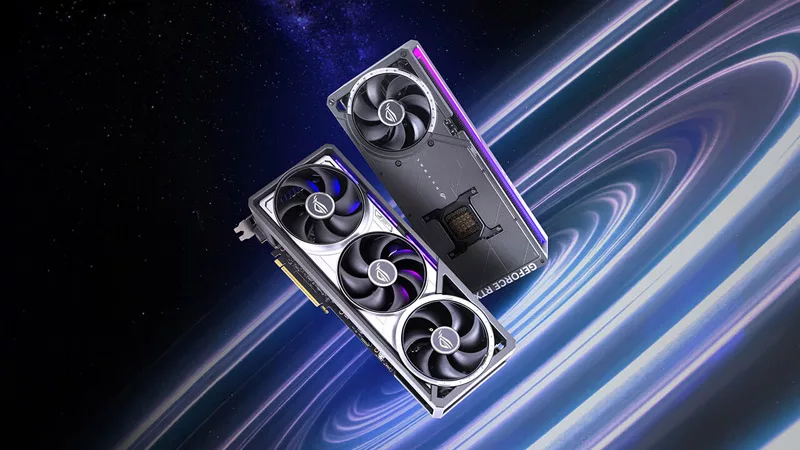
Introducing the ROG Astral GeForce RTX 5090 and 5080: a new frontier of gaming graphics
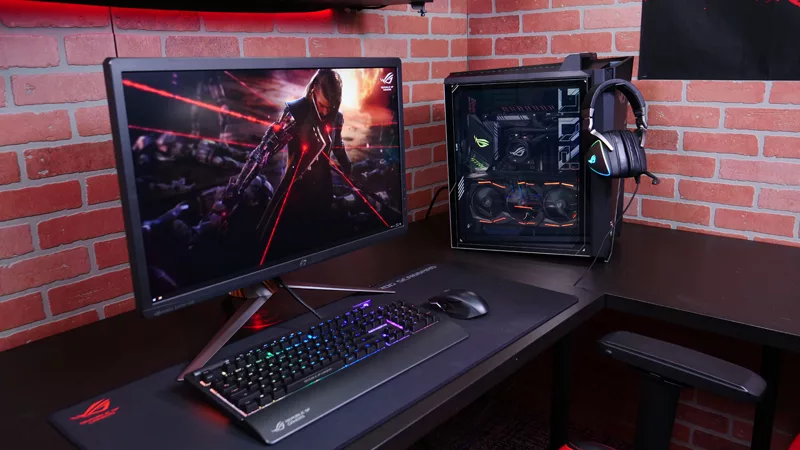
How to configure your PC's RGB lighting with Aura Sync
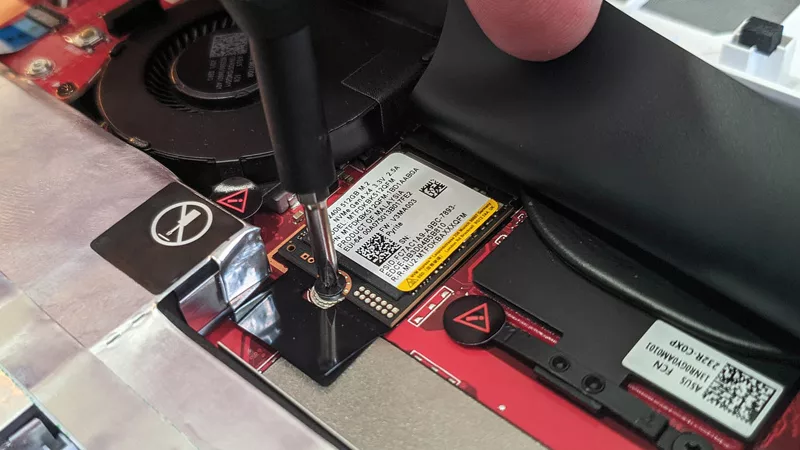
How to upgrade the SSD and reinstall Windows on your ROG Ally or Ally X
LATEST ARTICLES
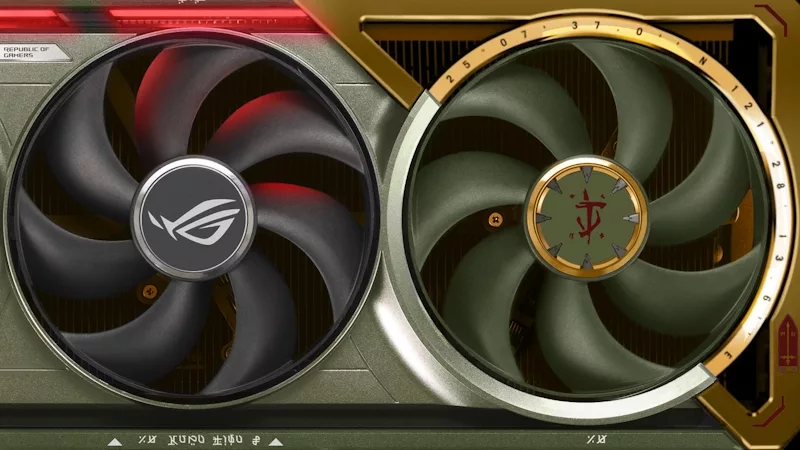
ROG and DOOM: The Dark Ages collide in the ROG Astral GeForce RTX 5080 OC DOOM Edition graphics card
Bold gaming performance meets the iconic style of the DOOM Slayer in the form of one unconquerable graphics card.
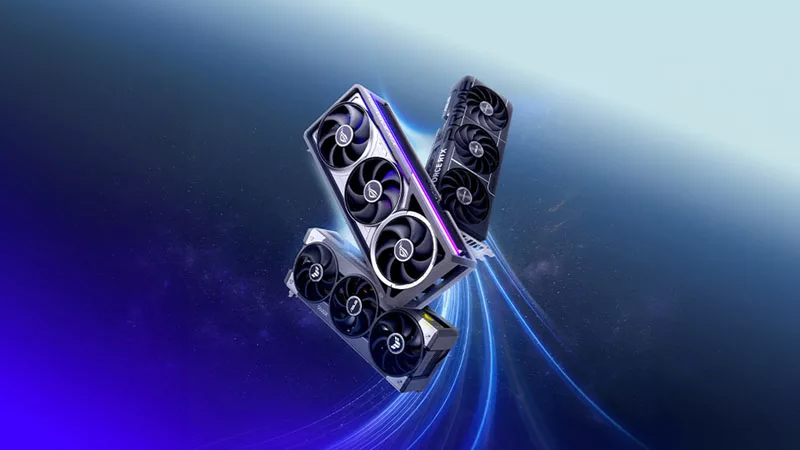
ROG Astral vs Strix vs TUF vs Prime: which ASUS graphics card is right for you?
When you go to buy a new graphics card, you might have an idea of which GPU you want, but picking a model is tougher. ASUS and ROG offer a number of variants to provide options that fit your build (and budget) best.

Introducing the ROG Astral GeForce RTX 5090 and 5080: a new frontier of gaming graphics
The NVIDIA GeForce RTX 50 series of GPUs has landed, and to usher in this new generation of graphics performance, we’re launching a new line of graphics cards.
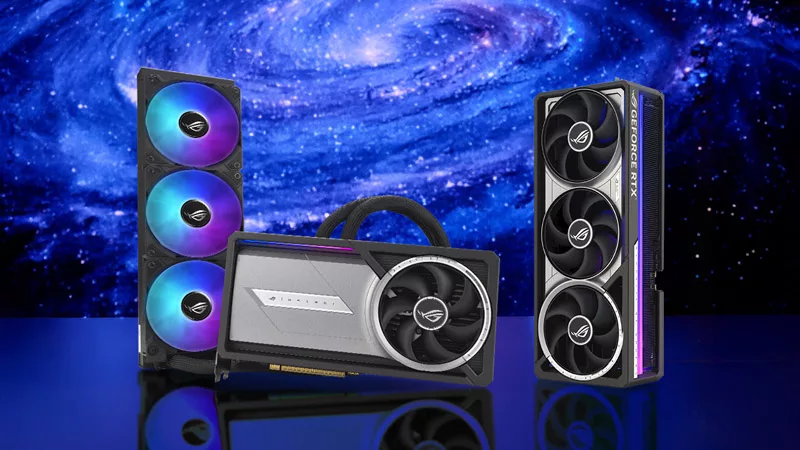
Air vs Liquid Cooling for the RTX 5090: Are AIO GPUs better?
The latest NVIDIA GeForce RTX 5090 is an incredible GPU, no doubt. But is a liquid-cooled RTX 5090 worth stepping up to over an air-cooled RTX 5090?
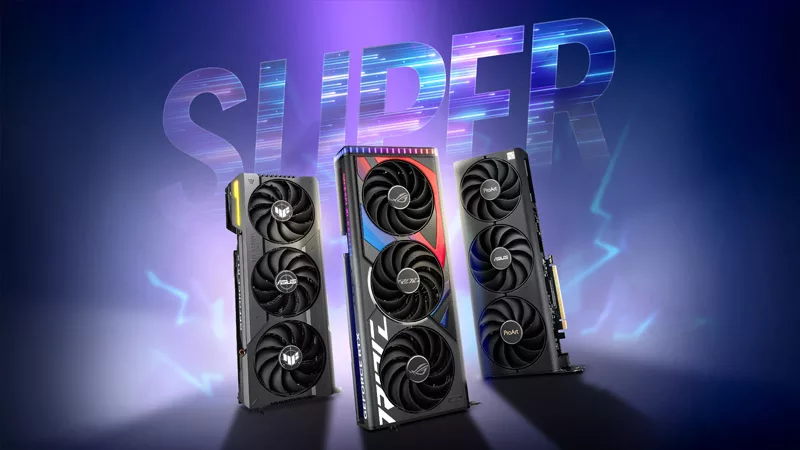
New GeForce RTX™ 40 SUPER series graphics cards boost performance from ROG and TUF Gaming
Discover the new RTX™ 40 SUPER Series from ROG & TUF Gaming, featuring top-tier performance, sleek designs, and the best power supplies.
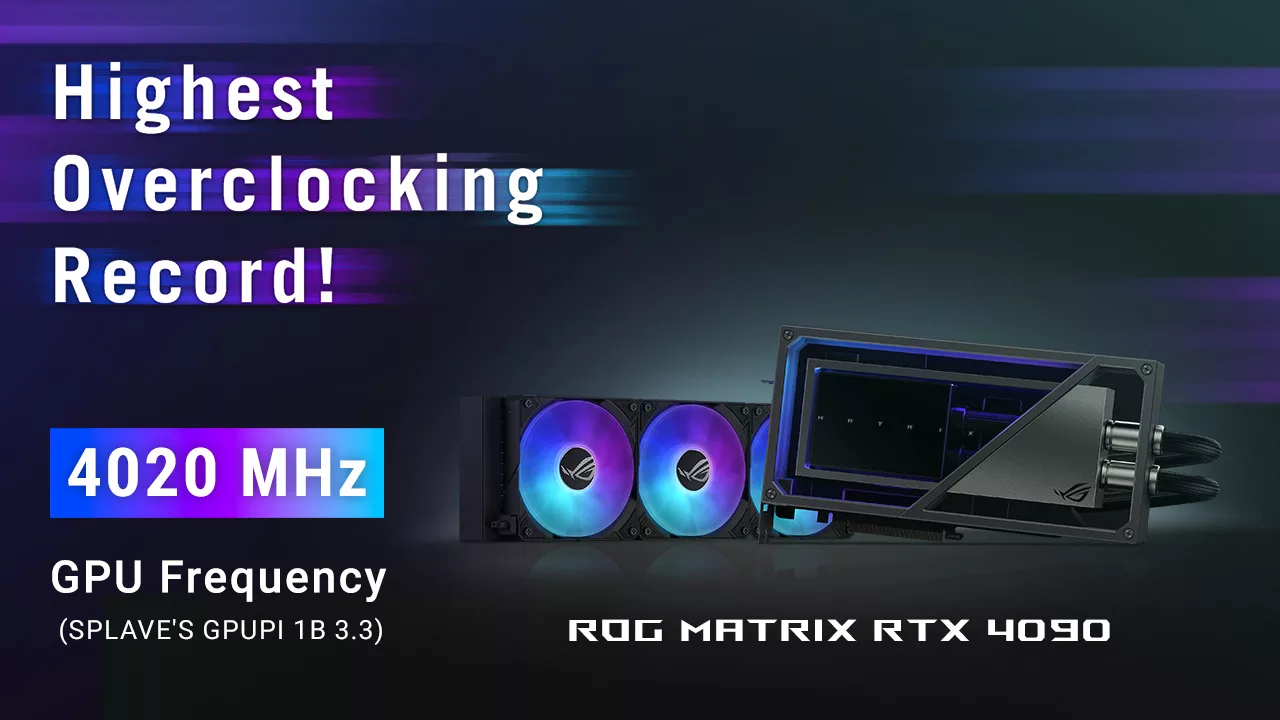
The ROG Matrix GeForce RTX 4090 sets eight overclocking records, and you can get yours now
The pinnacle of gaming power has arrived. The ROG Matrix GeForce RTX 4090 redefines what’s possible in desktop graphics, and is available for purchase now.







